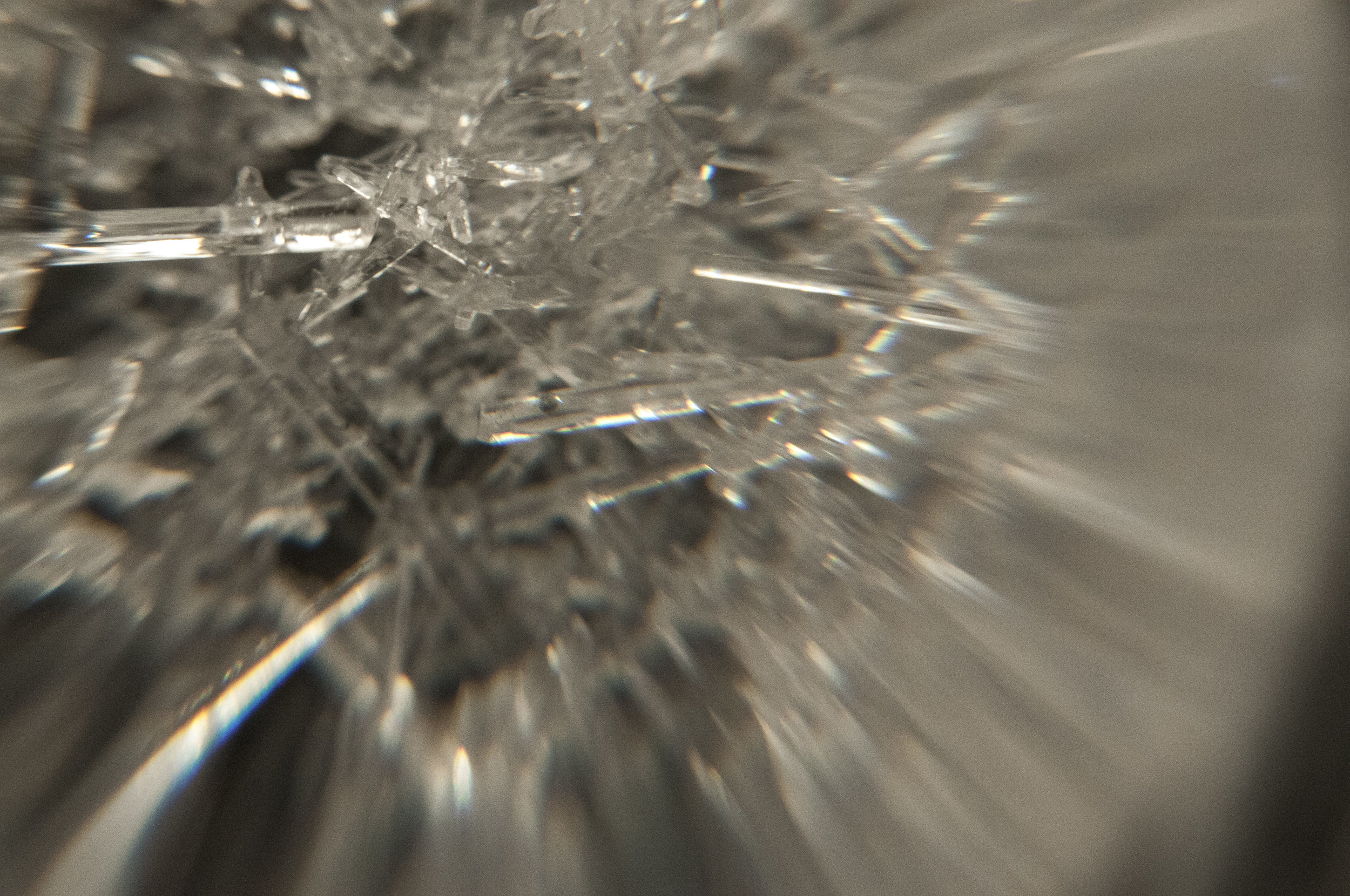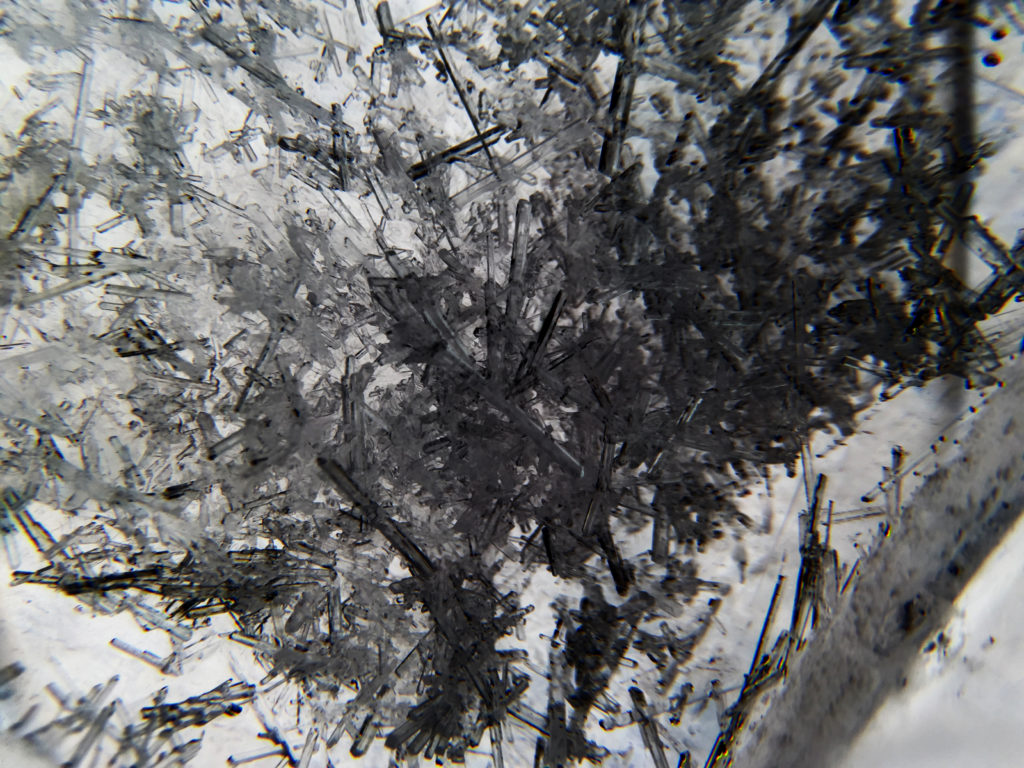Notes of interest from reading:
"Research results in new knowledge and the final test of new knowledge is what it contributes to the human condition... art produces new knowledge to culture, in which new art directly adds to the quality of cultural experiences" --Bernard Hoffert
Initial thoughts on Desalination before research
De- (removal of) Saline (salt) -ation (the process of)
- The process of salt removal
- Removal of salt from a substance
- Reverse Osmosis
- Components of salt: Sodium Chloride (NaCl) NA+ and Cl-
Cultural/Political
- There are political discussions around this on how that affects publics (example, countries that surround the Dead Sea).
Food
- salt brings out flavors in food (opens up taste buds)
- Removal of taste from food--- not good
Human body
- Na+ ions support cellular function by helping keep positive osmotic pressure (known as electrolytes)
- Desalination of the Human body would lead to dehydration and death
Environment
- Salt in the oceans support specific species and marine life
- Removal of salt could change the species that are able to live in those saline environments.
Research
Formal Definition:
More generally, desalination refers to the removal of salts and minerals from a target substance, as in soil desalination, which is an issue for agriculture. Saltwater is desalinated to produce water suitable for human consumption or irrigation. One by-product of desalination is salt.
- I thought I was simply the removal of salt, but it is also the removal of minerals
- This can be done in soil for agriculture or in Saltwater
"Desalination" used in Art - Dead Sea Salt Crystal Gown
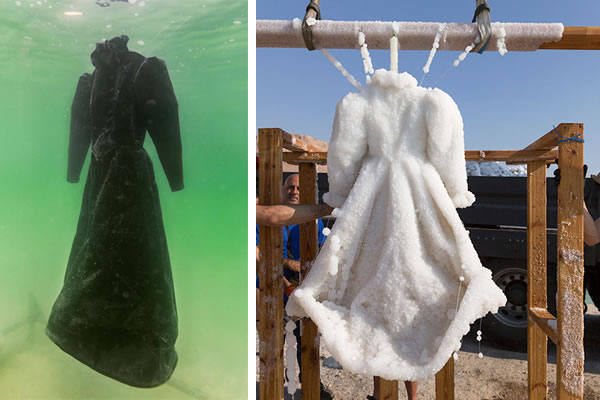
Response
Desalination is the concept where salt water is converted to fresh water that can be used for consumption. There are multiple processes that are possible to retrieve this result: Thermal and membrane-based processes
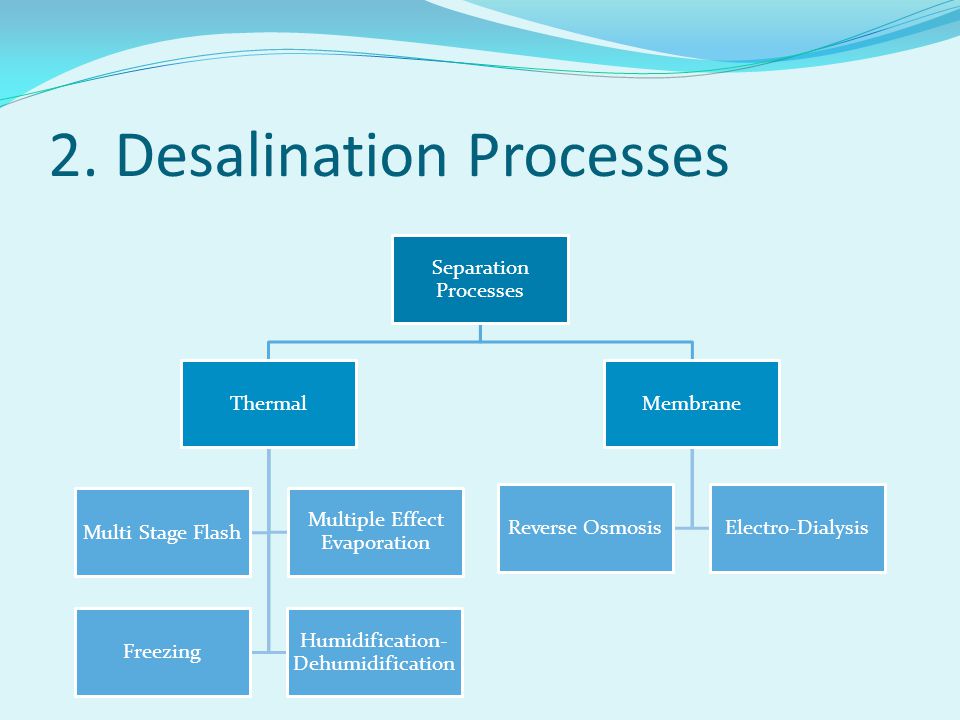
Thermal can be a very expensive way of desalination. Israel is the real expert as they are leading the way with some of the largest reverse-osmosis facilities where they use reverse osmosis to provide their country with clean drinkable water in a location were saline water is very high.
Humans have looked to nature to understand reverse osmosis because there are plants and animals that have ben desalinizing their water for centuries. The mangrove is a small tree or shrub that grows in coastal saline water and uses reverse osmosis in their root membranes to remove salt. "Red mangroves use this energy-free trick to make their drinking water: evaporation wicks moisture from their leaves, creating a vacuum that sucks saltwater through their root membranes up through the tree, leaving salt behind." (Inhabitat.com, 2017)
Why do we need to think about the concept of desalination?
As Global temperatures continue to rise, greater evaporation in the oceans will cause the increase in percentages of saline in the oceans as warmer air has the ability to hold and to redistribute more moisture (Science, 2012). Areas that already have a large amount of salt water, over the next century the concentration of salt will drastically go up. Fresh water is needed for human and animal consumption, agriculture, habitat support, etc. Desalination will be a process that will need to be incorporated into our communities and countries.
Make something! Play!
This topic inspired my to revisit an experiment that I used to do as a child. Understanding the correct proportions of salt to water, one can form saline crystals overnight in your own home (Here's an example of this experiment).
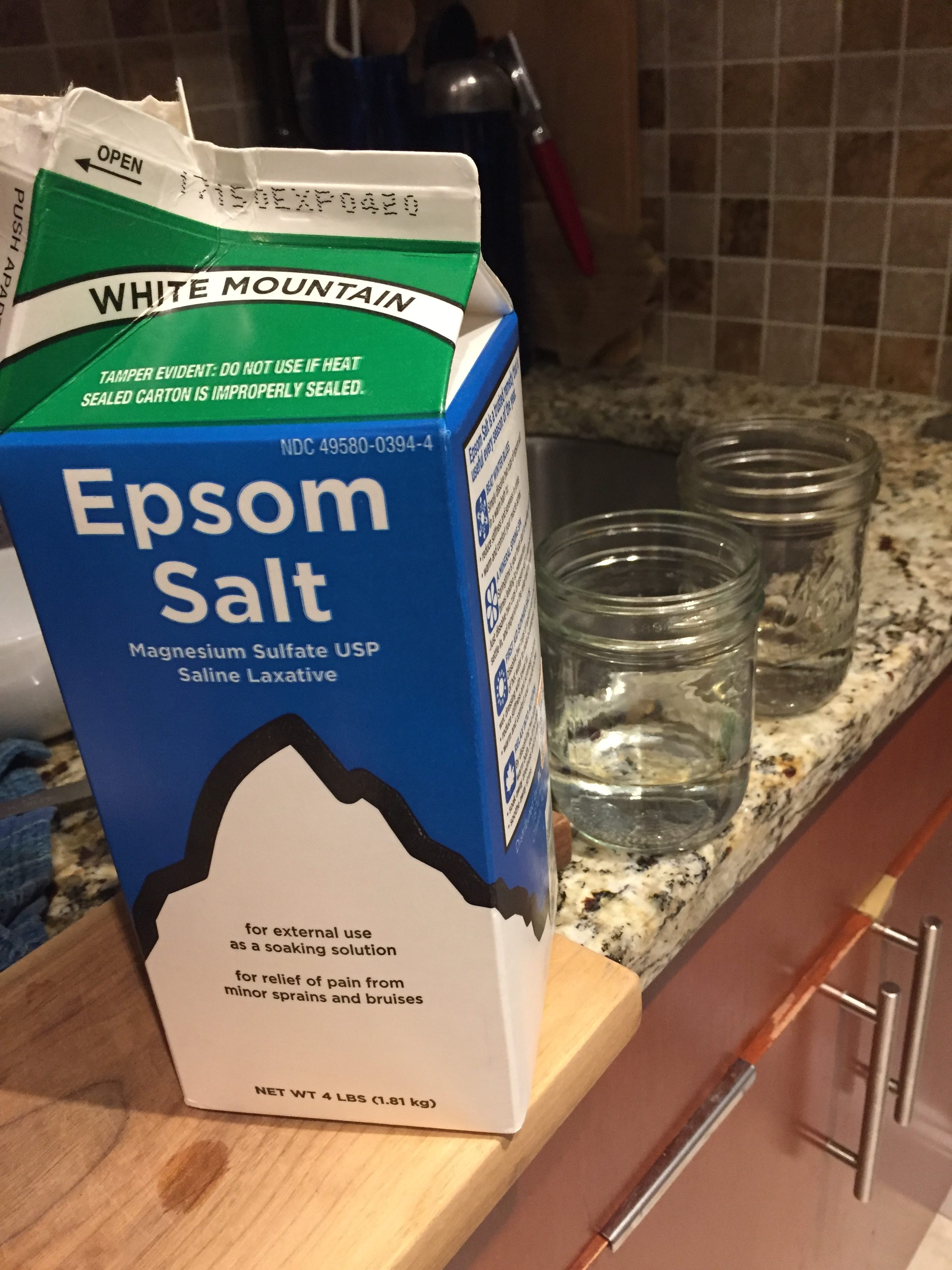
I wanted to see if I could recreate a beautiful catalog of images of saline crystals. As a former scientist, I wanted there to be a didactic component to this experience, but decided that I wanted to just create and not try to force a concept onto it.
Here are my formed salt crystals
Desalination: Salt crystals magnified with a lens
Desalination
Desalination: Salt crystals magnified with a lens
Desalination

Desalination: Salt crystals magnified with a lens
Desalination: Salt crystals inverted to observe the crystalline structure
Desalination: Salt crystals magnified with a lens


